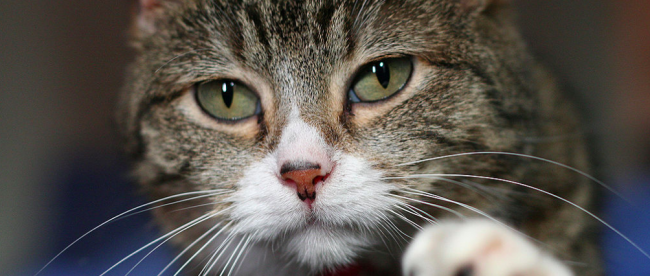The Postal Bureacats

Cats are generally considered lazy, indifferent animals. They may make for good housepets but only on their terms — they’re not playing fetch or anything like that. Oftentimes, they just sit around doing basically nothing — which may make some think that there isn’t much to being a cat. But what if our feline friends have some massive, untapped potential?. According to the New York Times in 1876, that’s what many people thought. That year, the Times published an article which argued that “those who are intimately acquainted with the domestic cat must sometimes wonder why no effort has been made to develop his intellectual powers.”
And the world was about to find out of that effort was worth it. As the author of that New York Times article explained, there was a new organization forming at the time — “The Belgian Society for the Elevation of the Domestic Cat.”
The Society’s great idea? Cats delivering the mail.
Take a person, drop him or her off in unfamiliar territory, and — without a smartphone (it’s 1876, after all) or even a compass, ask him or her to get home. That’s quite the task, and most of us would fail to do so in a reasonable amount of time (especially without help). Cats, on the other hand, were believed to thrive in that situation. As the Times further stated, “this experiment has, however, been repeatedly tried upon cats of only average abilities, and the invariable result has been that the deported animal has reappeared at his native kitchen door the next morning.”
A great sense of direction and an overwhelming desire to get home? That sounded like something exploitable; what if we could replace some human mail carriers with well-trained felines? That was a hypothesis worth testing, and that year, the Society got to work. Its members borrowed 37 cats and brought them to a central point somewhere outside of the Belgian city of Liege. Each cat was equipped with a weatherproof bag which was loaded with a note for the cat’s owner. Then, the cats were set off on their way home, with nothing more than the collective hope of the Society that these pets find their way.
It worked. As the BBC later remarked, “all the cats – and notes – eventually turned up.”
Unfortunately, the cats weren’t all that efficient at making these deliveries. While one cat made it home in about five hours, most of the others took an entire day; as Mental Floss half-joked, “it would seem the cats were not terribly interested in relaying messages in a timely fashion.” And besides, logistically, someone would have to go around and collect all the cats each morning. That, as travel blog Culture Trip noticed, is horribly inefficient — “it’s easier to drive around delivering letters yourself instead of tying them to a cat’s neck, leaving it in a field and hoping it will make its way back home,” especially when you have to go get the cat in the first place.
The Belgian experiment, sadly for the cat-lovers out there, was a failure, and the kitty-driven postal service never came to pass. As for The Belgian Society for the Elevation of the Domestic Cat, it didn’t make it into the 20th century.
Bonus fact: Just because cats can’t reliably deliver the mail doesn’t mean they can’t help out at their local post office. In 1868, also per the above-linked BBC article, a trio of cats was hired by a London post office (for one pence per week), not to deliver mail, but to keep the mice away. They did a very good job — by 1873, they were earning six pence a week and other post offices began hiring their own mouser brigades.
From the Archives: The Decipherers: Meet the people who try to figure out what address you’ve scribbled on your envelope.
